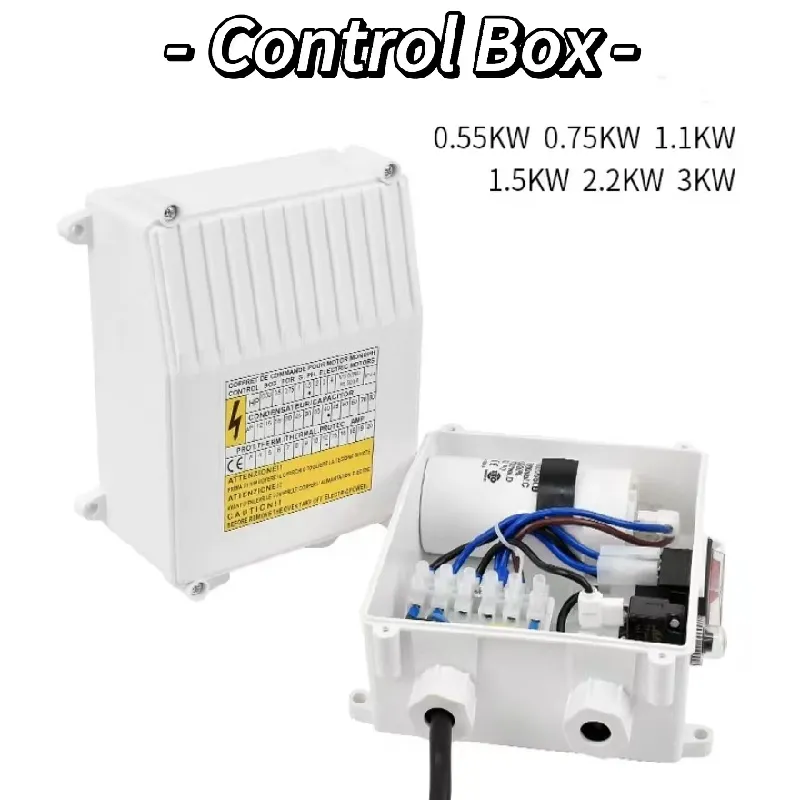Butyl Rubber Flashing An Essential Construction Material
Butyl rubber flashing is a versatile and highly effective material widely used in various construction and roofing applications. Its unique properties make it an ideal choice for sealing and waterproofing, ensuring longevity and durability in structures. As construction projects continue to evolve, understanding the importance and advantages of butyl rubber flashing is crucial for builders, contractors, and property owners alike.
What is Butyl Rubber?
Butyl rubber is a synthetic rubber, also known as isobutylene-isoprene rubber (IIR). It is produced through the polymerization of isobutylene and a small amount of isoprene. This composition grants butyl rubber its excellent impermeability to gases and liquids, making it an outstanding material for sealing applications. Moreover, butyl rubber exhibits resistance to UV radiation, ozone, and harsh weather conditions, contributing to its long service life.
Uses of Butyl Rubber Flashing
Butyl rubber flashing is primarily utilized in roofing systems, where it serves as a barrier against water infiltration. Typical applications include
1. Roof Sealing and Repair Butyl rubber flashing is applied to the seams of roofing materials, effectively sealing gaps and preventing leaks. Its adhesive properties ensure that it adheres well to both metal and membrane roofs, providing a reliable barrier.
2. Flashing for Roof Protrusions In areas where roofing intersects with elements like vents, chimneys, or skylights, butyl rubber flashing is used to create a watertight seal. This prevents water from penetrating around these critical areas, reducing the risk of damage and mold.
3. Window and Door Flashing Beyond roofing, butyl rubber flashing is often employed around windows and doors to protect against moisture intrusion. It acts as an air and moisture barrier, enhancing the energy efficiency of the building.
butyl rubber flashing

4. Foundation and Below-Grade Applications In addition to above-ground uses, butyl rubber flashing can be utilized in foundation applications where moisture control is essential. It helps prevent water from seeping into basements and crawl spaces, safeguarding the integrity of the structure.
Advantages of Butyl Rubber Flashing
The benefits of using butyl rubber flashing in construction are numerous
- Durability Butyl rubber is known for its longevity. It withstands extreme temperatures and environmental conditions, making it suitable for a variety of climates and applications.
- Adhesive Properties The inherent adhesive qualities of butyl rubber allow for easy installation. It bonds well to different surfaces, reducing the need for additional adhesives or sealants.
- Flexibility Butyl rubber remains flexible even after curing, which allows it to expand and contract with temperature fluctuations without cracking or losing its sealing properties.
- Chemical Resistance This material is resistant to many chemicals and solvents, ensuring that it maintains its integrity in hostile environments.
Conclusion
In conclusion, butyl rubber flashing is an essential material for modern construction and roofing projects. Its impressive characteristics—such as durability, adhesive properties, and flexibility—underscore its importance in creating robust, waterproof structures. As professionals continue to seek reliable solutions for preventing water intrusion and enhancing energy efficiency, butyl rubber flashing remains a top choice. For builders and property owners aiming for quality and longevity in their projects, investing in butyl rubber flashing is a decision that pays dividends for years to come.
-
Self Amalgamating Tape: Redefining Electrical Insulation and ProtectionNewsAug.07,2025
-
Seal Strip Solutions: Revolutionizing Energy Efficiency and Comfort in Modern BuildingsNewsAug.07,2025
-
High Voltage Electrical Tape: Powering Safety and Reliability in Modern InstallationsNewsAug.07,2025
-
Flex Tape Waterproof: Transforming the Future of Instant RepairsNewsAug.07,2025
-
Elevate Electrical Safety Standards with High-Performance PVC Electrical TapeNewsAug.07,2025
-
Butyl Rubber Tape: The Ultimate Solution for Reliable Sealing and WaterproofingNewsAug.07,2025
